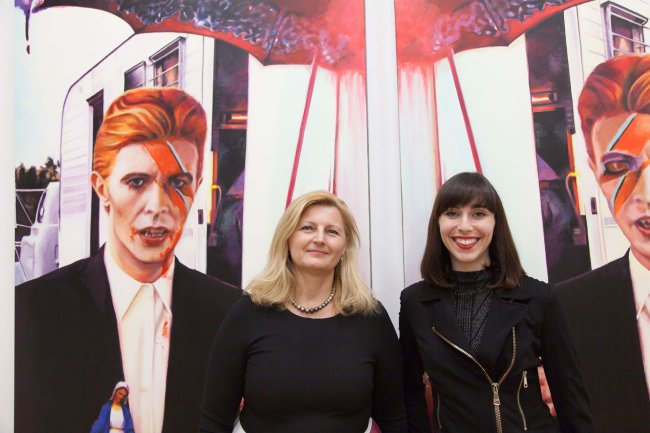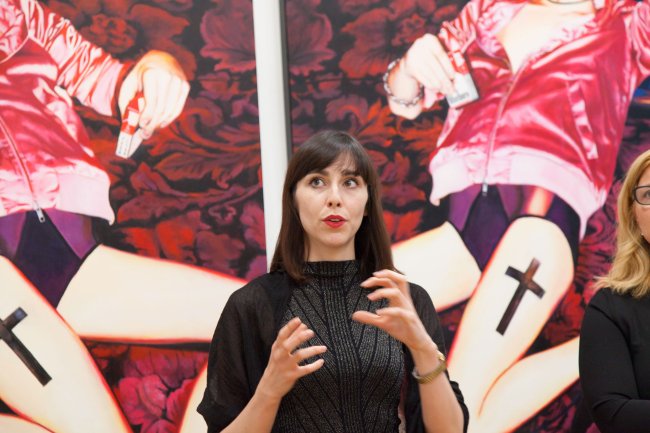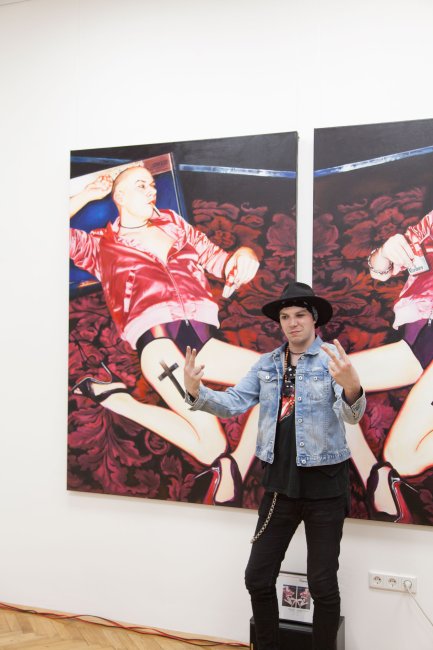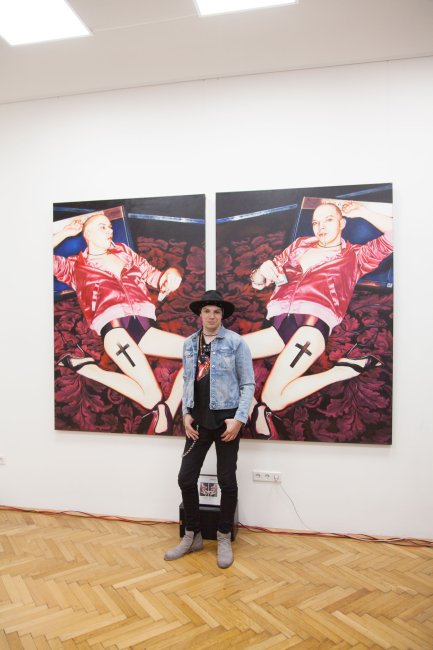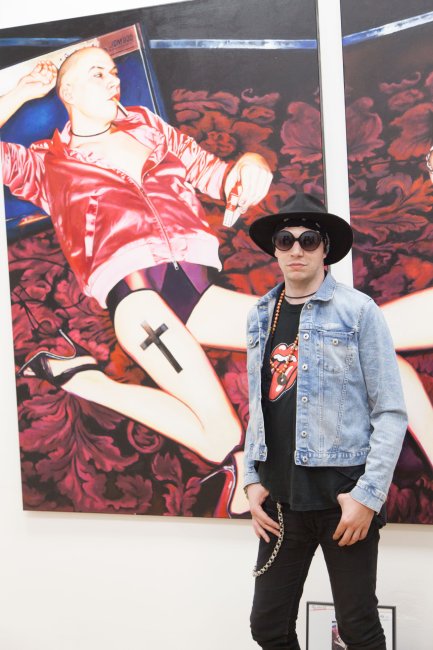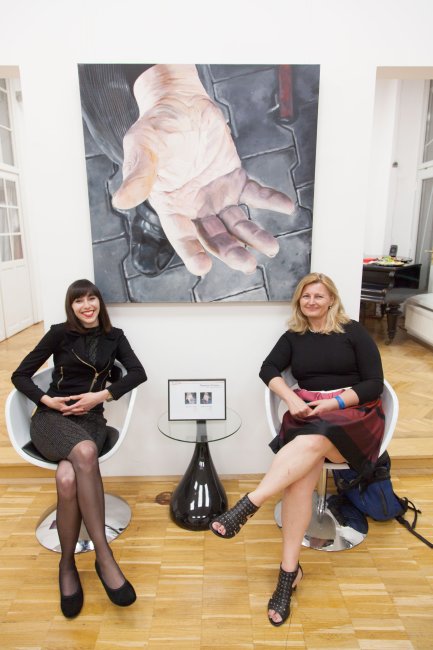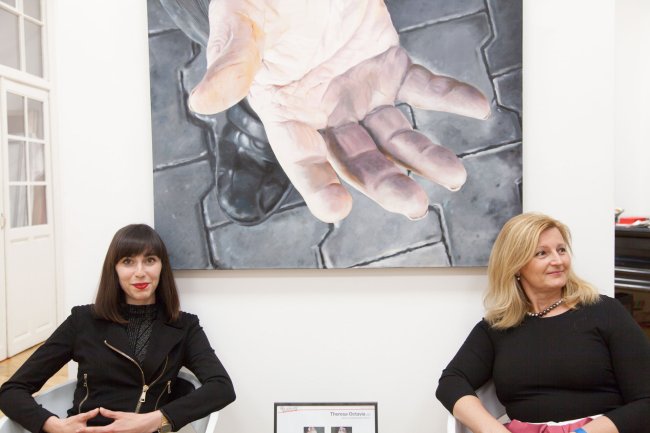In June, BURN-IN is showing photorealistic art by German artist Theresa Octavia. As part of the Emotion & Intuition exhibition series, the Viennese gallery shows highly provocative and embarks on an exciting journey into SHAMELESS EDEN and tries to answer the question: how to reach paradise?
BURN-IN recommends photorealism, hyperrealism, superrealism. Much speaks for this genre in both private and corporate contexts (corporate collections). The return on culture (investment) is based on two legs: the positive monetary development and the very special sensual pleasure of the image, which immediately sets the mental cinema in motion.
History. From the very beginning, photorealistic painting cast a very immediate spell over the general public, luring them into a maze of reality and image. Emerging from Pop Art, Photorealism was developed in the early 70s of the 20th century, mainly in the United States, as a painting that started from photographs as a template. Through this reproduced reality with the transfer of color and surface structures and of light reflections on canvas, a new pictorial reality of its own was created.
While Photorealism brings primarily aesthetic brilliance to painting through realistic representation, Hyperrealism poses the question of the nature of things through its exaggerated exaggeration of reality. It thereby illustrates reality with an exaggerated authenticity.
Background
The BOHEMIAN GOTHIC ART art project addresses the brokenness of the human soul in large-scale mirrored subjects.
The juxtaposition of TUGENDEN and LASTERN, depicted as an allegorical struggle in the work of the early Christian poet Prudentius, among others, lead in Theresa Octavia Sternberg's subtle kind of symbol-rich painting to the CRITICISM of this clearly separated conception between good and evil.
Art that touches, captivates and gets under the skin!
Your definition of fluid transitions and gray areas of outdated "moral concepts" are intended to stimulate the viewer to also look at his view in this regard in the "mirror".
The idea of the soul salvation by bible-pious behavior loses in today's time to the whole its persuasive power. "How to get to paradise?" as the overriding question of the juxtaposition of TUGENDEN AND LASTERN, whose differences only become apparent at second glance, also make the path to paradise seem like a labyrinth.
With the play of confusion, the artist calls on us, in a time of political populism and alternative facts, to distance ourselves from black-and-white thinking, to refuse perceived truths as modern catechisms, and to form a literally reflective picture of our environment.
Reportage: International Art Today 2017
The ProjectRex Devon provides the perfect musical backdrop with 80s pop, showgaze and wave.













